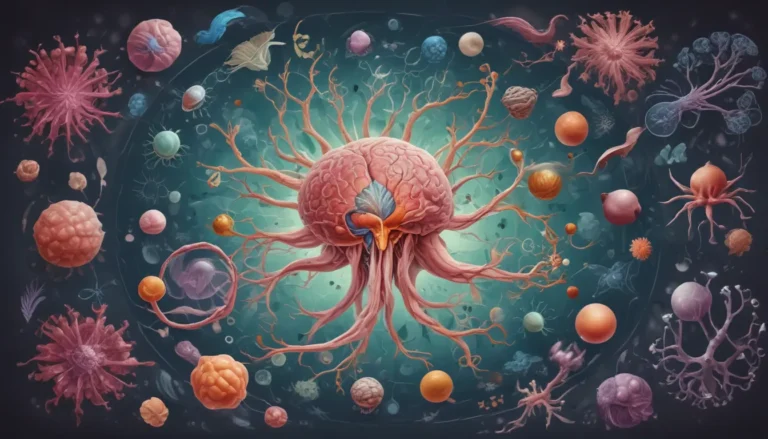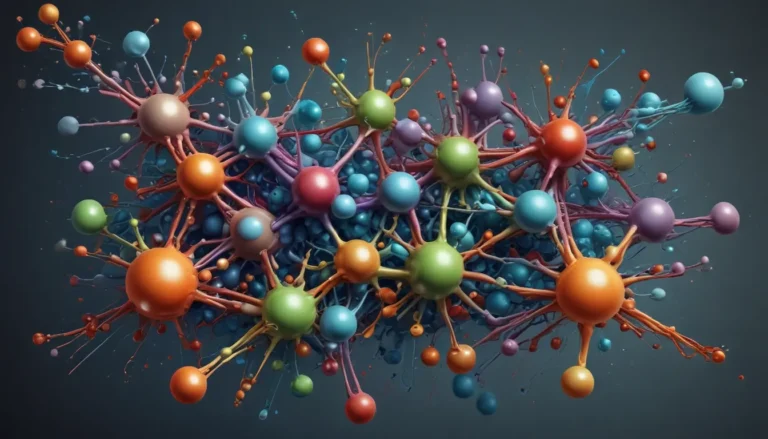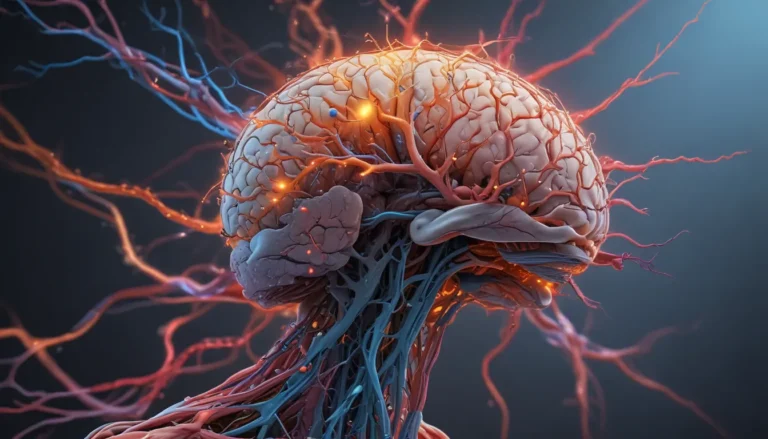A Note About Images: The images used in our articles are for illustration purposes only and may not exactly match the content. They are meant to engage readers, but the text should be relied upon for accurate information.
Pattern formation is a mesmerizing phenomenon that permeates the natural world, giving rise to intricate designs and structures that captivate the eye and spark curiosity. From the delicate symmetry of butterfly wings to the branching patterns of trees, patterns are ubiquitous and diverse, reflecting the underlying principles of self-organization and mathematical models. In this article, we will embark on a journey to uncover 12 captivating facts about pattern formation, shedding light on the enchanting beauty and complexity that surrounds us. Whether you are a biology enthusiast or simply intrigued by the wonders of nature, these facts will deepen your appreciation for the astonishing patterns that shape our world.
Exploring the Intricacies of Patterns
- Patterns Everywhere: From butterfly wings to seashells, patterns can be found in abundance in the natural world, manifesting in various forms and shapes.
- Self-Organization: Key to pattern formation is the concept of self-organization, where complex structures emerge from simple interactions without external intervention.
- Mathematical Models: Scientists have developed mathematical models to study and simulate pattern formation, unraveling the underlying mechanisms and predicting pattern formation under different conditions.
Unraveling the Mysteries of Turing Patterns
- Turing Patterns: Named after Alan Turing, these patterns elucidate the formation of complex designs such as stripes and spots in biological systems, revolutionizing our understanding of pattern formation.
The Significance of Patterns in Development and Ecology
- Embryonic Development: Intricate patterns guide cell differentiation and tissue shaping during embryonic development, playing a crucial role in the formation of complex organisms.
- Ecological Balance: Patterns in ecosystems, like predator-prey dynamics and plant arrangements, contribute to maintaining ecological stability and harmony.
Bridging Nature and Technology through Pattern Formation
- Artificial Patterns: Scientists have successfully replicated patterns in various materials and systems, leading to new avenues for technological advancements.
- Fractals: These self-repeating patterns, found in natural systems like coastlines and blood vessels, exhibit complexity and similarity across different scales.
Embracing the Beauty of Chaotic Patterns
- Chaotic Patterns: While patterns often portray order and regularity, chaotic patterns offer a glimpse into the unpredictable side of nature, arising from intricate interactions in physical and biological phenomena.
The Practical Applications of Pattern Formation
- Multi-faceted Utility: Understanding pattern formation extends beyond scientific curiosity to practical applications in engineering, medicine, materials science, and more.
- Environmental Influence: Factors like temperature, humidity, and chemical gradients exert a significant influence on pattern formation across living and non-living systems.
Unveiling the Complexity of Pattern Formation
As we conclude our exploration of pattern formation, it becomes evident that this phenomenon transcends mere aesthetics, diving deep into the fundamental principles that govern the natural world. The interplay of genetics, environment, and self-organizing processes gives rise to the enchanting patterns that enchant us, offering insights into development, evolution, and disease. Through ongoing research and investigation, scientists continue to unravel the mysteries of pattern formation, paving the way for new discoveries and innovations across diverse fields.
FAQs
- What is pattern formation?: Pattern formation involves the emergence of organized structures and repetitive designs through self-organization and interactions between individual elements or cells.
- Why study pattern formation?: Understanding pattern formation provides profound insights into developmental processes, evolutionary mechanisms, and complex systems, with practical applications in various scientific and technological domains.
- Can pattern formation be observed in non-living systems?: Yes, pattern formation transcends biological systems and can manifest in non-living phenomena, such as fractals, crystal growth, and fluid convection patterns.
Dive deeper into the captivating realm of pattern formation, where nature’s intricate designs and scientific principles intertwine to create a tapestry of complexity and beauty. Let the allure of patterns inspire you to explore the wonders of the natural world, uncovering the hidden intricacies that shape our reality. Trust in our commitment to excellence as we venture together into the captivating world of pattern formation, where curiosity meets discovery, and knowledge intertwines with wonder.






